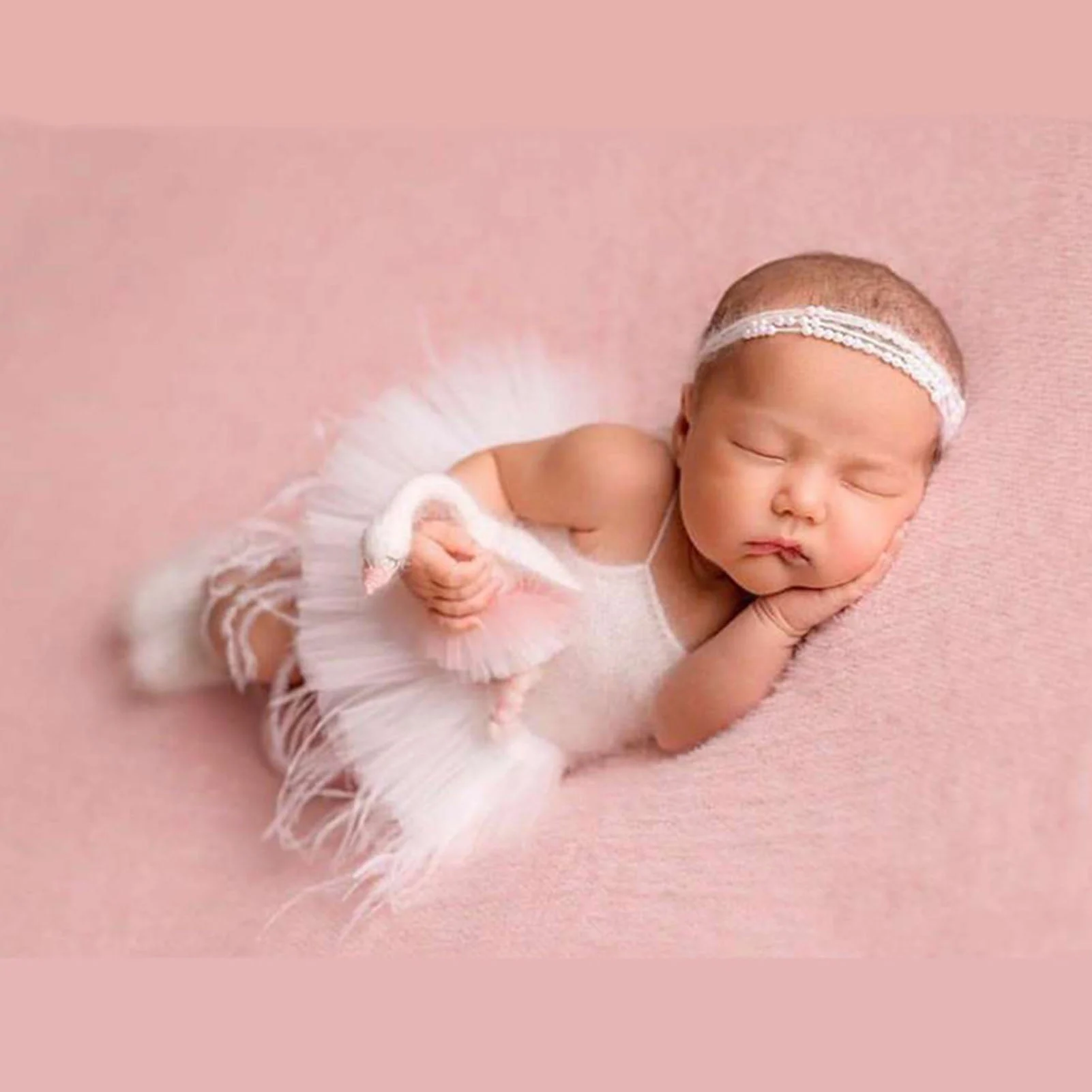When I learned I was expecting my second son, I experienced a pang of sadness. This would be my last child, and while I knew my love for him would mirror the fierce devotion I felt for my first son, I couldn’t shake the feeling that I would miss out on having a daughter. It wasn’t about wanting to braid hair or chat about fashion trends—those weren’t exactly my interests. I understood that having a girl didn’t automatically mean I’d have a “girly” child; after all, gender norms are societal constructs. However, I did fall prey to the stereotype that having a daughter would mean nurturing a more emotionally open child, one who would confide in me like my closest friends.
As I pondered this, I also considered the tumultuous teenage years—imagining us both moody and emotional during that time. Fast forward nearly a decade of raising my two sons, and I realize how misguided I was. Boys can be just as emotional as girls, showcasing a complex array of feelings. They can connect deeply, share their innermost thoughts, and form lifelong bonds with their parents.
The truth is, we are all influenced by ingrained gender stereotypes. I was, and likely still am, in many ways. However, I made a conscious choice early on to allow my boys to fully experience and express their emotions. When they were young and fell apart over the “wrong” shape of their toast, I recognized their feelings as valid, even if it frustrated me. If they hurt themselves and cried, I never told them to “toughen up.” Instead, I equipped them with tools to build resilience while affirming that their emotions were nothing to be ashamed of.
And what I discovered was that my boys are teeming with emotions—they’re like emotional sponges! Recently, we bought a new car after keeping our reliable old Honda for 15 years. The boys had a hard time with this change. My 9-year-old expressed his feelings through tears, exclaiming, “But it’s the only car I’ve ever known!” Meanwhile, my 3-year-old rested his head on my shoulder while I was in the bathroom and said, “Mommy, I’m sad. I don’t like change.” Just last week, I attempted to replace an old quilt on my bed, and both boys were surprisingly attached to it, displaying their emotions over a simple blanket!
What’s fascinating is that this emotional connection is not limited to objects; they share their hearts with me freely, discussing their hopes, dreams, and fears. They cry, they express anger, and they talk endlessly about their feelings. I can only imagine what it will be like when they hit their teenage years.
That said, there’s a notable difference in how they express their emotions around friends, particularly male peers, and even their dad. They tend to be more reserved around them, perhaps due to the prevailing “boy” culture that surrounds them. Yet, I strive to create a safe space for them to express themselves, encouraging them to embrace their emotions. I hope that as they grow and socialize, they’ll remember that feeling is a natural part of being human. After all, one’s gender has no bearing on their capacity to connect with their softer side.
If you’re curious about more perspectives on parenting and emotional intelligence, check out this insightful post on intracervicalinsemination.org. And if you’re interested in at-home insemination options, Make a Mom is a reputable retailer offering syringe kits. Additionally, for comprehensive information about pregnancy and home insemination, Healthline is an excellent resource.
In summary, the idea that boys are less emotional than girls is a harmful stereotype. My journey as a mother to two sons has shown me that emotions know no gender. By allowing them to explore and express their feelings, I’ve witnessed their emotional depth firsthand—and it’s more profound than I ever expected.

Leave a Reply